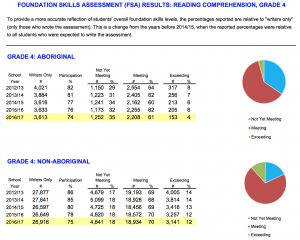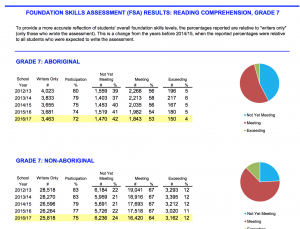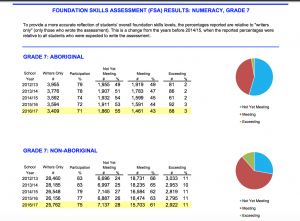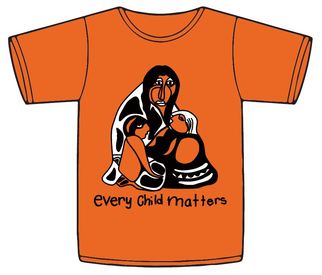Gladys Sterenberg (2013) researched “one Aboriginal teacher’s approaches to integrating Indigenous knowledges and the mandated mathematics curriculum in a Blackfoot First Nation School” (p. 18). She emphasized the need for this approach as it fosters a positive experience for younger Aboriginal students in mathematics thus enhancing and encouraging their participation in postsecondary studies of mathematics (Sterenberg, 2013). Sterenberg (2013) showed how the teacher tried to ensure her approaches were not tokenistic ways but rather honoured Indigenous knowledges. The first approach “began from Western mathematics and attempted to attach an Aboriginal perspective” (Sterenberg, 2013, p. 29) while the second approach was designed with an elder from a learning of place with Indigenous knowledges then incorporating the Western mathematics. The teacher felt the latter approach was much more successful, authentic learning experience for her students whereas the first approach did not succeed. This study highlights the need for an educator to build strong relationships and to focus on learning from place.
Reference:
Sterenberg, G. (2013). Considering indigenous knowledges and mathematics curriculum.Canadian Journal of Science, Mathematics and Technology Education, 13(1), 18-32. doi:10.1080/14926156.2013.758325






